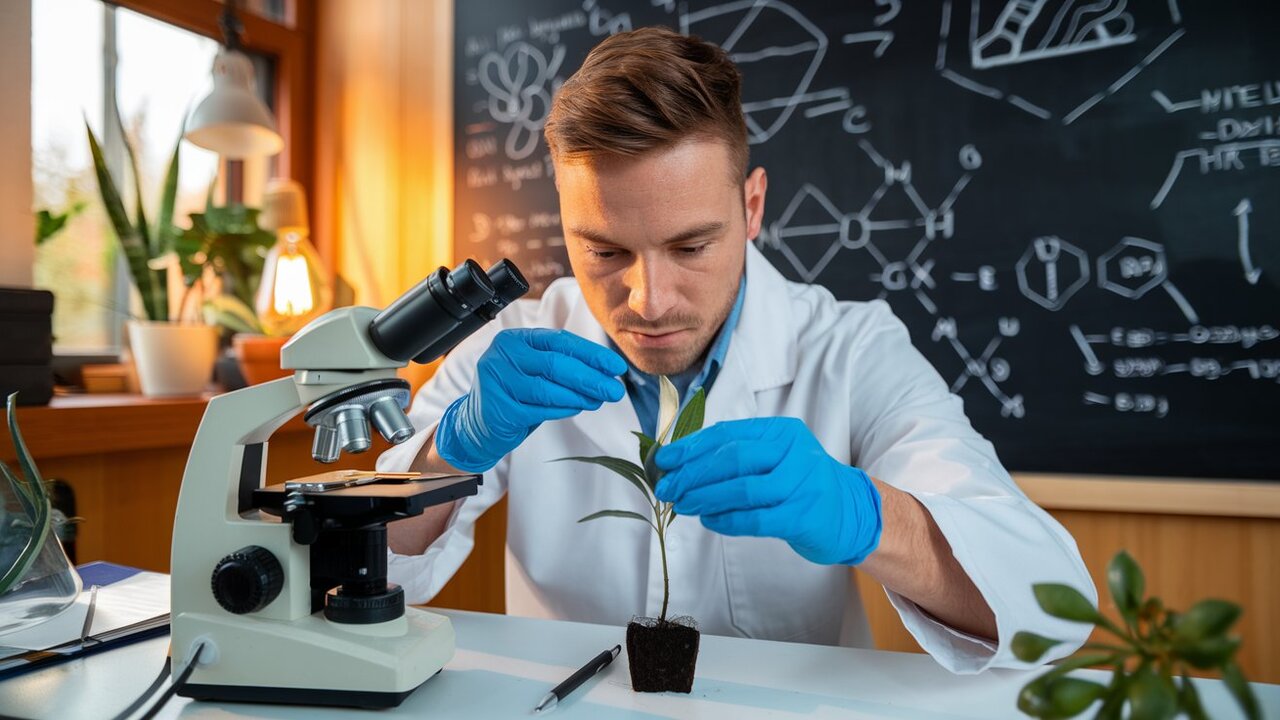The device uses wind energy to push air through a mesh coated with special catalysts. Unlike traditional ammonia production, which requires high temperature, pressure and natural gas, this method works at room temperature and normal air pressure. It also eliminates the need for external voltage sources.
The prototype was tested outside the laboratory for the first time. Researchers believe this could eventually be integrated into irrigation systems, allowing farmers to produce fertilizer in the field.
The team says the device is two to three years away from commercialization.
Source: Ferra
I am a professional journalist and content creator with extensive experience writing for news websites. I currently work as an author at Gadget Onus, where I specialize in covering hot news topics. My written pieces have been published on some of the biggest media outlets around the world, including The Guardian and BBC News.










